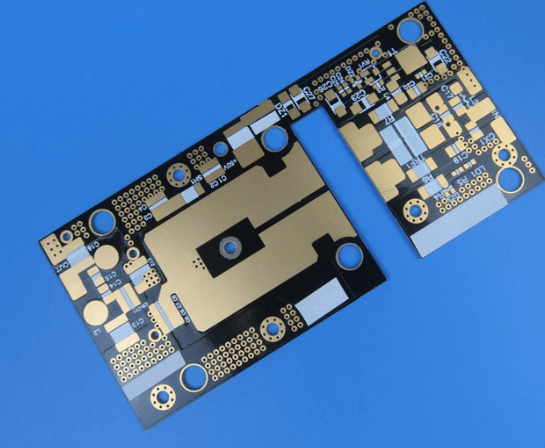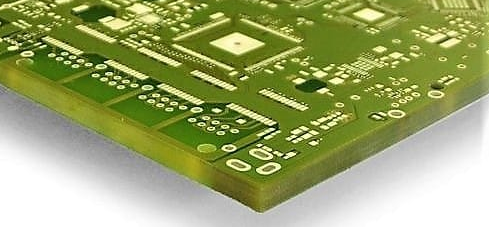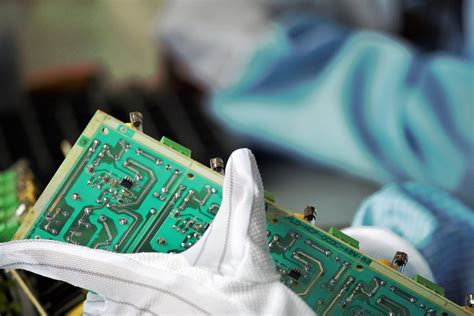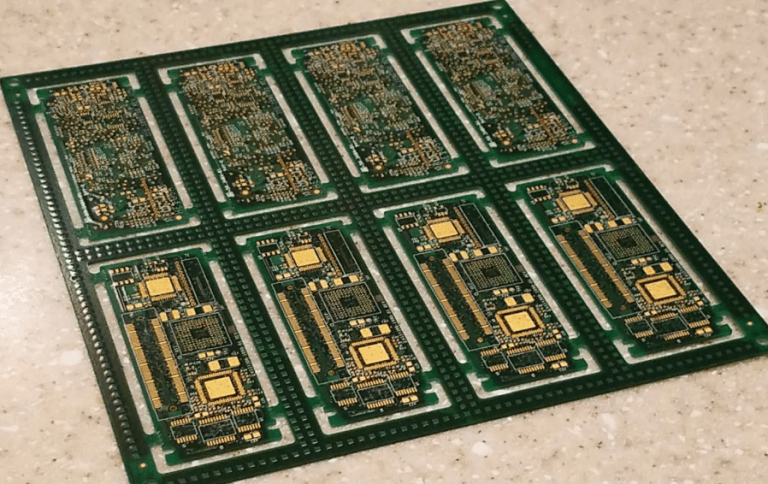PCB design routing rate and design efficiency skills
In PCB routing design, there is a complete set of methods to improve the routing rate. Here, we provide you with effective techniques to improve the routing rate and design efficiency of PCB design, which can not only save customers project development cycle, but also maximize the quality of the finished design.
1.Determine the number of layers of PCB
The size of the circuit board and the number of routing layers need to be determined at the beginning of the design. If the design requires the use of high-density ball grid array (BGA) components, the minimum number of routing layers required for the routing of these devices must be considered. The number of routing layers and the stack-up method will directly affect the routing and impedance of the printed lines. The size of the board helps to determine the stack-up method and the width of the printed lines to achieve the desired design effect.
For many years, people have always believed that the fewer the number of circuit board layers, the lower the cost, but there are many other factors that affect the manufacturing cost of circuit boards. In recent years, the cost difference between multi-layer boards has been greatly reduced. It is best to use more circuit layers and evenly distribute the copper at the beginning of the design to avoid finding that a small number of signals do not meet the defined rules and space requirements near the end of the design, thus forcing new layers to be added. Careful planning before design will reduce a lot of trouble in wiring.
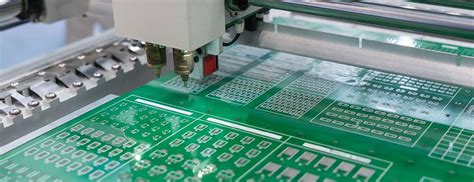
2.Design rules and restrictions
Automatic routing tools themselves do not know what to do. To complete the routing task, routing tools need to work under the correct rules and restrictions. Different signal lines have different routing requirements. All signal lines with special requirements must be classified, and different design classifications are also different. Each signal class should have a priority. The higher the priority, the stricter the rules. The rules involve printed line width, the maximum number of vias, parallelism, the mutual influence between signal lines, and layer restrictions. These rules have a great impact on the performance of routing tools. Careful consideration of design requirements is an important step in successful routing.
3.Component layout
To optimize the assembly process, design for manufacturability (DFM) rules will restrict component layout. If the assembly department allows component movement, the circuit can be properly optimized to facilitate automatic routing. The defined rules and constraints will affect the layout design.
The routing channel and via area need to be considered during layout. These paths and areas are obvious to designers, but the automatic routing tool will only consider one signal at a time. By setting routing constraints and setting the layers where signal lines can be routed, the routing tool can complete the routing as the designer envisions.
4.Fan-out design
During the fan-out design stage, in order for the automatic routing tool to connect the component pins, each pin of the surface mount device should have at least one via so that the circuit board can perform inner layer connections, online testing (ICT) and circuit reprocessing when more connections are needed.
In order to make the automatic routing tool most efficient, it is necessary to use the largest via size and printed wire as possible, and the spacing is set to 50mil. It is ideal to use the type of via that maximizes the number of routing paths. When designing fan-out, consider the issue of circuit online testing. Test fixtures can be expensive and are usually ordered when they are about to go into full production. It is too late to consider adding nodes to achieve 100% testability at this time.
After careful consideration and prediction, the design of circuit online testing can be carried out in the early stage of design and realized in the later stage of production process. The type of via fan-out is determined according to the wiring path and circuit online testing. Power supply and grounding will also affect the wiring and fan-out design. In order to reduce the inductive reactance generated by the connection line of the filter capacitor, the via should be as close to the pin of the surface mount device as possible. Manual wiring can be used when necessary, which may affect the original wiring path and may even cause you to reconsider which via to use. Therefore, the relationship between the via and the pin inductive reactance must be considered and the priority of the via specification must be set.
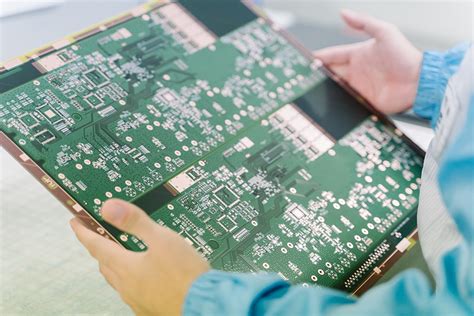
5.Manual wiring and processing of key signals
Although this article mainly discusses the issue of automatic wiring, manual wiring is an important process in printed circuit board design now and in the future. Manual wiring helps automatic wiring tools to complete the wiring work. Regardless of the number of key signals, these signals are first routed, either manually or in combination with automatic wiring tools. Key signals usually require careful circuit design to achieve the desired performance. After the wiring is completed, the relevant engineering personnel will check the wiring of these signals, which is relatively easy. After the inspection, fix these lines and start automatic wiring of the remaining signals.
6.Automatic routing
When routing key signals, it is necessary to consider controlling some electrical parameters during routing, such as reducing distributed inductance and EMC, and the routing of other signals is similar. All EDA vendors will provide a method to control these parameters. After understanding the input parameters of the automatic routing tool and the impact of the input parameters on routing, the quality of automatic routing can be guaranteed to a certain extent.
General rules should be used to automatically route signals. By setting restrictions and prohibited routing areas to limit the layers used by a given signal and the number of vias used, the routing tool can automatically route according to the engineer’s design ideas. If there is no restriction on the layers used by the automatic routing tool and the number of vias, each layer will be used during automatic routing, and many vias will be generated.
After setting the constraints and applying the created rules, the automatic routing will achieve results close to the expectations. Of course, some sorting work may be required, and space for other signal and network routing needs to be ensured. After a part of the design is completed, it is fixed to prevent it from being affected by the subsequent routing process.
The same steps are used to route the remaining signals. The number of routings depends on the complexity of the circuit and the number of general rules you define. After each type of signal is completed, the constraints on the remaining network routing will be reduced. But what comes with it is that many signal routings require manual intervention. Today’s automatic routing tools are very powerful and can usually complete 100% of the routing. But when the automatic routing tool has not completed all signal routing, the remaining signals need to be manually routed.
7.The design points of automatic routing include:
7.1 Slightly change the settings and try multiple path routing;
7.2 Keep the basic rules unchanged, try different routing layers, different printed lines and spacing widths, and different line widths, different types of vias such as blind holes, buried holes, etc., and observe how these factors affect the design results;
7.3 Let the routing tool process those default networks as needed;
7.4 The less important the signal, the greater the freedom of the automatic routing tool to route it.
8.Arrangement of routing
If the EDA tool software you are using can list the routing lengths of the signals, check these data, you may find that the routing lengths of some signals with few constraints are very long. This problem is relatively easy to deal with. Manual editing can shorten the signal routing length and reduce the number of vias. In the process of sorting, you need to judge which routing is reasonable and which is unreasonable. Like manual routing design, automatic routing design can also be sorted and edited during the inspection process.

